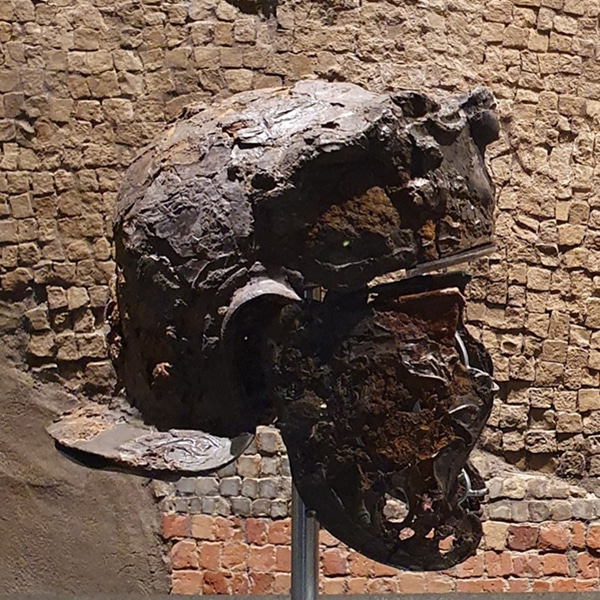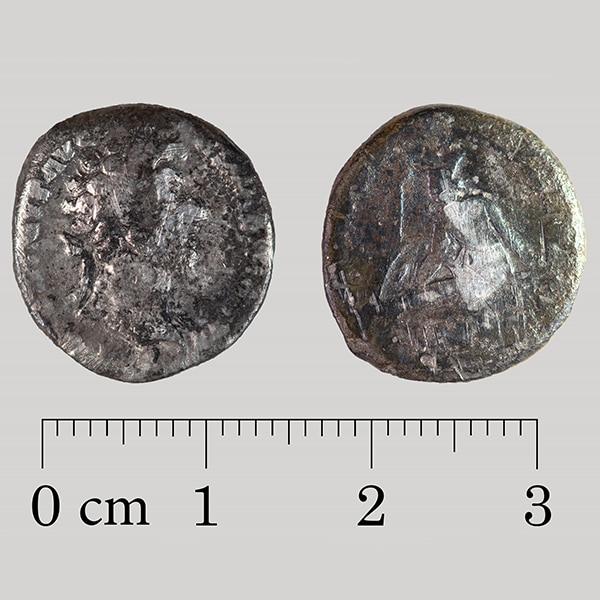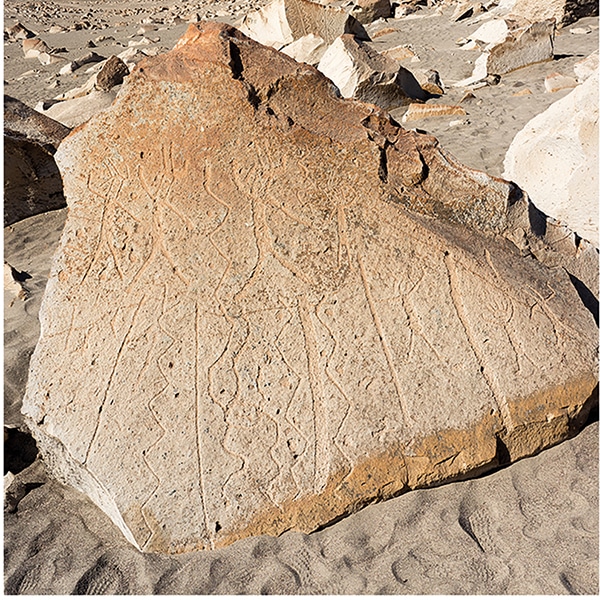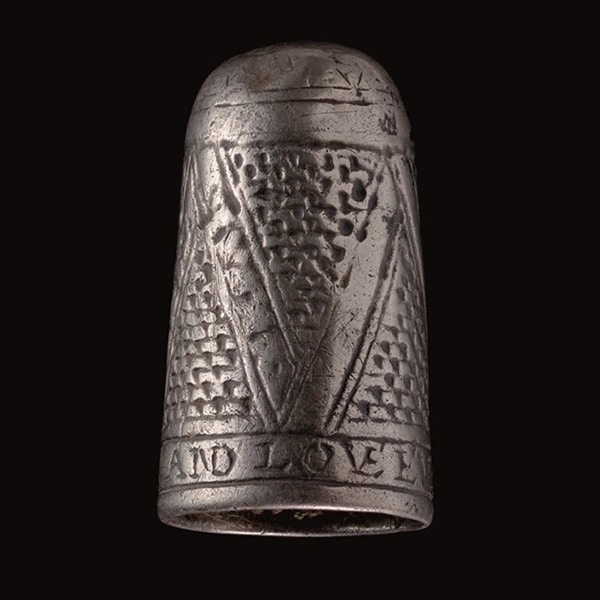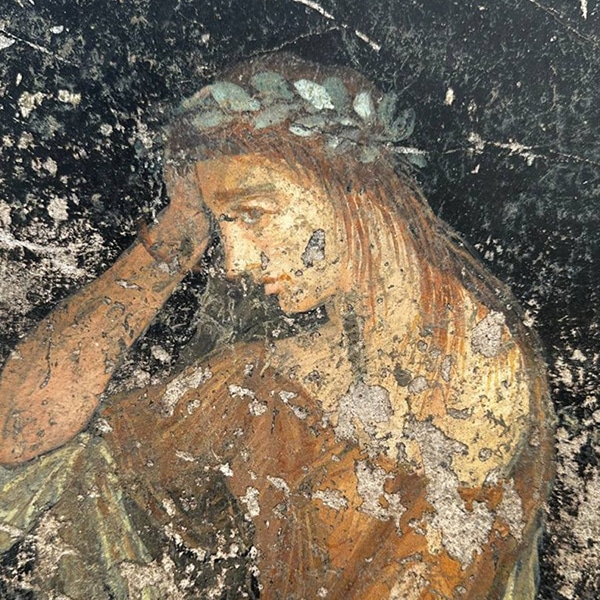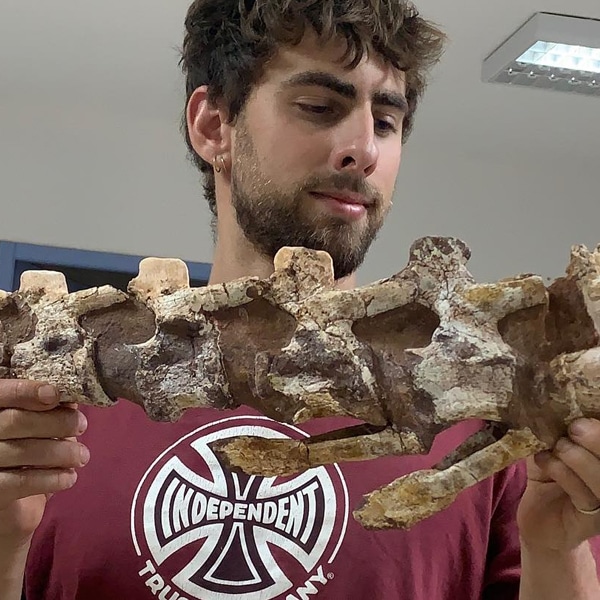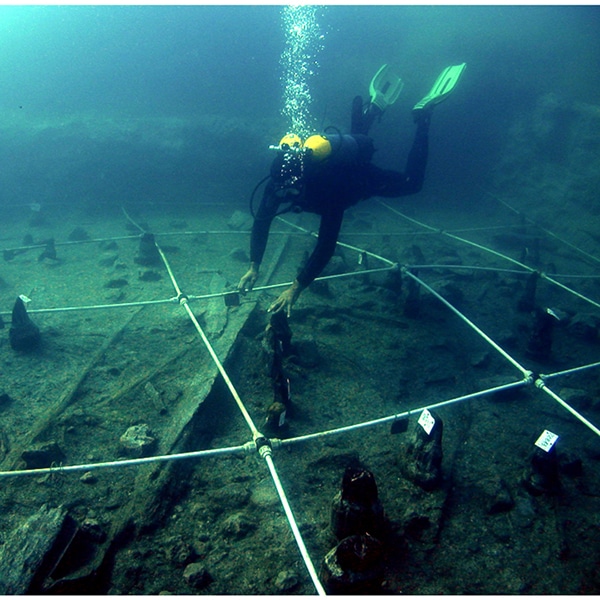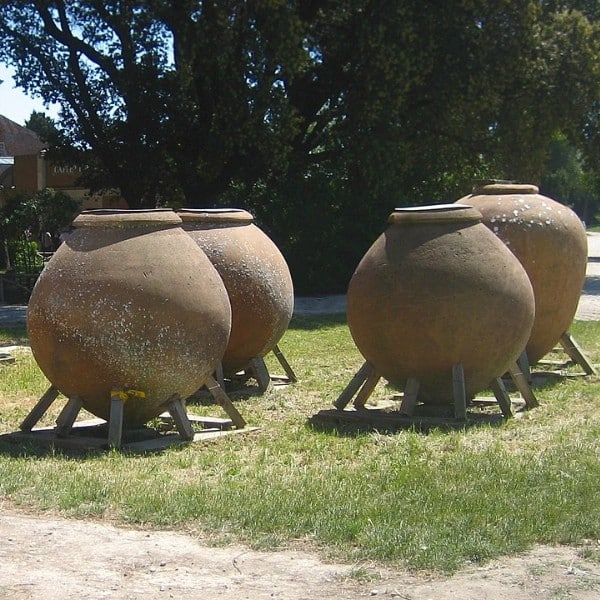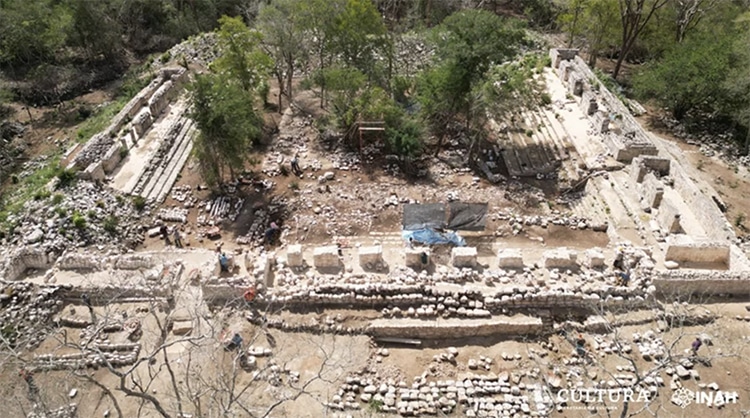
The Petenero Palace ruins. (Photo: Mexican National Institute of Anthropology and History)
Would you live in a magnificent palace topped with palm leaves? Approximately 1,500 years ago, a Maya ruler likely did live in this kingly manner. Excavations at the archaeological zone of Kabah, located in the Puuc region of Yucatán, Mexico, has unveiled newly discovered ruins. Known as Petenero Palace, this site is large and imposing, with intricate decoration. The find was announced by the Mexican National Institute of Anthropology and History, and it indicates exciting new research that may illuminate migration patterns of the Maya through Central America.
The new ruins were discovered on a site which already boasts a palace and other structures. It proved a surprise while Mexico prepares its Maya Train railroad, which will travel a 930-mile stretch of the Yucatán Peninsula with historical significance. The palatial ruins had previously been obscured by vegetation, but they are now clear. Over 85 feet long, the stone ruins have extant pilasters and alternating openings. The portico lacks a roof, though researchers speculate that it may have been organic material such as palm. Meanwhile, carved on the remaining stone are feathers, beads, and birds.
Some of these archeological features are reminiscent of others in the Petén Department of Guatemala. This similarity indicates to researchers that the population which built the palace migrated from Petén in modern-day Guatemala and Belize, likely between 250 and 500 CE, when the city was built.
The Maya culture dominated Central America for over 3,000 years. According to the INAH, “[Excavations around] Mayan Train has allowed the registration and preservation of: 55,132 real estate properties; 1,249,777 ceramic fragments and 1,925 complete furniture items or those that have been restored; 1,339 archaeological pieces in the process of restoration; 647 bones and 2,252 natural features associated with the landscape and human activity.” This project, and others like it, are only beginning to pull back the leafy jungle over thousands of years of history.
A previously unknown ruin of a palace has been discovered at the Mexican archeological site of Kabah.
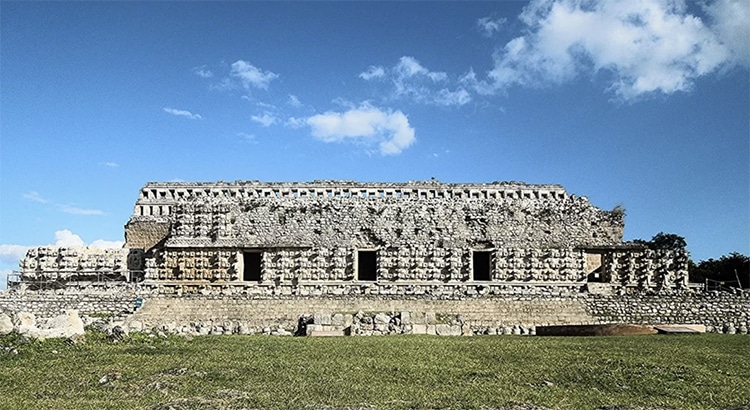
A more-preserved palace on the archeological site. (Photo: Mexican National Institute of Anthropology and History)
h/t: [Arkeonews]
Related Articles:
500 Ancient Olmec and Mayan Ceremonial Sites Discovered in Mexico
1,900-Year-Old Ancient Roman Swords Are Found in a Cave Above the Dead Sea
2,000-Year-Old Ruins of Stone Roman Building Found in Switzerland
Ancient Maya City Discovered Under Jungle Forests in Mexico After 1,000 Years













































































